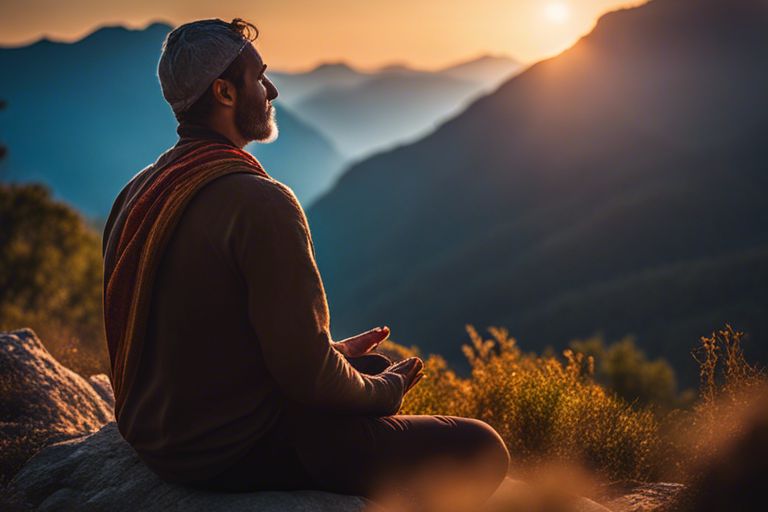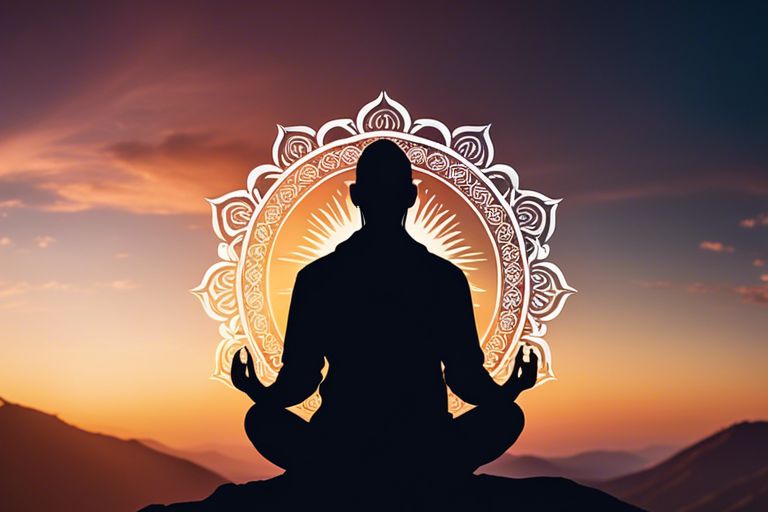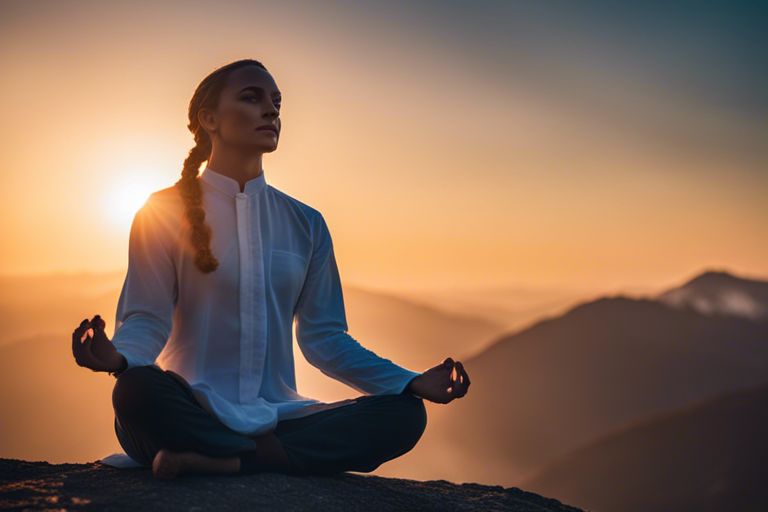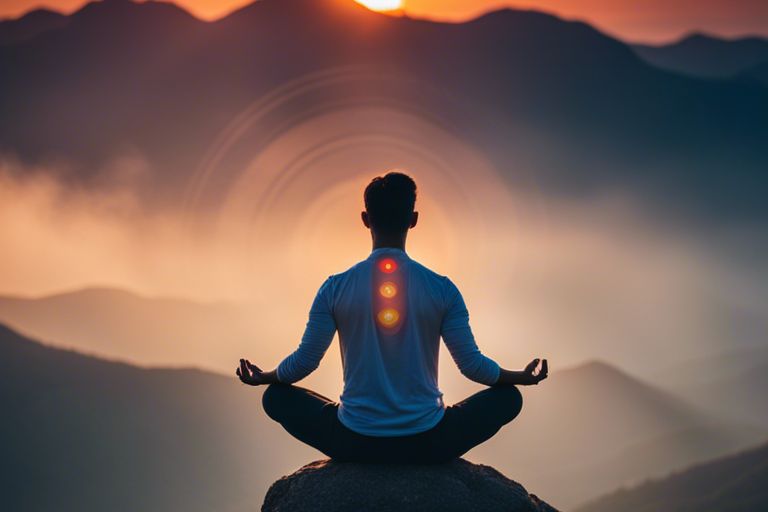There’s a mystical allure surrounding Kundalini Yoga, promising the unlocking of inner energy and spiritual awakening. But as you research deeper into this ancient practice, you may wonder – is it a perilous journey into the unknown, or a transformative path towards freedom and enlightenment? In this exploration of Kundalini Yoga, we unravel the complexities, shedding light on its potential risks and rewards. Join us on this introspective journey to discover whether Kundalini Yoga is a dangerous pursuit or a gateway to profound liberation.
Key Takeaways:
- Kundalini Yoga Benefits: Kundalini yoga can lead to a heightened state of awareness, improved physical health, and deep emotional healing.
- Potential Risks: Practicing Kundalini yoga without proper guidance can lead to physical and emotional imbalances, as the powerful energy may be difficult to control.
- Guidance and Caution: It is important to seek guidance from experienced teachers and practice Kundalini yoga mindfully to ensure a safe and positive experience.
1. Kundalini yoga can be safe with proper guidance and preparation.
2. Start slowly, listen to the body and respect boundaries.
3. Seek qualified teachers and avoid self-practice initially.
4. Be aware of potential risks and side effects.
5. Kundalini awakening is a personal and transformative experience.
6. Balance traditional practice with modern understanding and caution.

The Allure of Kundalini Yoga
Before we probe into the intricacies of Kundalini Yoga, let’s first explore the allure that draws many towards this ancient practice.
The promise of spiritual awakening
To many seekers, Kundalini Yoga holds the promise of a profound spiritual awakening. It is believed that through the practice of Kundalini Yoga, one can awaken the dormant energy at the base of the spine, known as Kundalini energy, and allow it to rise through the chakras, leading to enlightenment and a heightened state of consciousness. This idea of tapping into a deeper spiritual realm and experiencing a sense of oneness with the universe can be incredibly alluring to those on a quest for self-discovery and higher truths.
The appeal to modern seekers
Modern seekers are often drawn to Kundalini Yoga because of its holistic approach to well-being. In a fast-paced world filled with stress and distractions, the combination of physical postures, breathing techniques, mantra chanting, and meditation offered by Kundalini Yoga provides a comprehensive toolkit for managing the challenges of modern life. The emphasis on self-awareness, mindfulness, and inner transformation resonates with those seeking a more meaningful and purposeful existence.
For many seekers, the appeal of Kundalini Yoga lies in its ability to address not just the physical body, but also the mind and spirit. The practice offers a way to connect with a deeper, spiritual aspect of oneself, providing a sense of balance and harmony in a world that often feels chaotic and overwhelming.

The Dark Side of Kundalini
There’s a mystical allure surrounding Kundalini yoga, often described as a potent tool for spiritual awakening and self-realization. However, delving into the depths of Kundalini energy may not always be a smooth journey. There are accounts of individuals experiencing adverse effects and trauma as they navigate this powerful practice.
Reports of adverse effects and trauma
Trauma can manifest in various ways when Kundalini energy is activated without proper guidance or preparation. Some practitioners have reported physical discomfort, emotional instability, and even psychiatric disturbances. It’s crucial to approach Kundalini yoga with mindfulness and caution, respecting its potential to stir up deep-seated issues and disrupt your inner balance.
The risks of unqualified instruction
Instruction plays a pivotal role in the safe practice of Kundalini yoga. Without adequate training or supervision, there’s a heightened risk of encountering challenges or pitfalls along the way. Misaligned techniques or improper guidance can exacerbate issues rather than facilitate growth and transformation.
Understanding the qualifications and experience of your Kundalini yoga instructor is vital for your well-being. Choose a teacher who values safety, respects the power of Kundalini energy, and can provide support as you navigate the complexities of this transformative practice.
The Science Behind Kundalini
An understanding of the scientific principles behind Kundalini can shed light on the profound effects it can have on the human body and mind.
The physiology of energy and consciousness
The concept of Kundalini energy is deeply rooted in the ancient texts of yoga and meditation practices. According to these teachings, there is a dormant energy coiled at the base of the spine, which, when awakened through specific techniques like breathing exercises and physical postures, rises through the chakras to enhance spiritual growth and awareness. This energy is believed to flow through subtle channels in the body known as nadis, influencing our physical, emotional, and spiritual well-being.
The role of the nervous system in spiritual experiences
The nervous system plays a crucial role in processing and transmitting signals throughout the body. In the context of spiritual experiences like those induced by Kundalini practices, the nervous system acts as a conduit for the heightened states of awareness and energy flow. When Kundalini energy is activated, it can stimulate the nervous system in ways that may lead to altered perceptions, deep introspection, and profound spiritual revelations.
The physiology behind the nervous system’s involvement in spiritual experiences is complex and multifaceted. As Kundalini energy rises through the spine, it can impact the autonomic nervous system, which regulates unconscious bodily functions like heart rate, digestion, and stress responses. This activation can result in profound shifts in consciousness and a reorganization of neural pathways, leading to transformative spiritual experiences.
The Spiritual Dimension
All spiritual practices aim to tap into a higher realm of existence, transcending the limitations of the physical world. Kundalini yoga is no exception. At its core, it researchs into the spiritual dimension of human experience, seeking to awaken the dormant energy lying coiled at the base of the spine.
The concept of kundalini energy and its awakening
One of the fundamental principles of Kundalini yoga is the belief in a powerful energy, known as Kundalini, which lies dormant within each individual. The practice involves various techniques such as breathing exercises, meditation, and physical postures to awaken this energy and allow it to rise through the chakras, leading to spiritual enlightenment and self-realization.
The relationship between kundalini and higher states of consciousness
An exploration of the relationship between Kundalini energy and higher states of consciousness reveals a profound connection. When Kundalini energy is awakened and ascends through the subtle energy channels of the body, it is believed to unlock higher levels of awareness, leading to states of bliss, insight, and spiritual awakening.
Consciousness expands beyond the boundaries of the individual self, merging with the universal consciousness that underlies all of existence. This union with the divine is the ultimate goal of Kundalini yoga, offering a path to liberation from the constraints of the ego and the illusions of the material world.

The Role of the Ego
The ego’s resistance to spiritual growth
To truly initiate on a journey of spiritual growth through Kundalini Yoga, you must navigate the intricate terrain of the ego. Unlike physical pursuits where progress is often linear and quantifiable, the ego’s resistance can manifest subtly in your practice. It may whisper doubts about your progress, create feelings of superiority or inferiority to others, or even sabotage your commitment to the practice altogether. Understanding and addressing the ego’s resistance is a crucial step in transcending its limitations.
The importance of self-awareness and humility
To unravel the ego’s grip, self-awareness and humility are indispensable companions on your Kundalini Yoga journey. egos inflates your sense of self-importance and blinds you to your own shortcomings, hindering true spiritual growth. With a humble heart and a keen awareness of your thoughts and actions, you can begin to dismantle the barriers that the ego has erected, paving the way for profound transformation and liberation.
With a mirror held up to your innermost self, you can observe the ego’s intricate dance and cultivate the self-awareness necessary to transcend its limitations. Remaining humble throughout this process allows you to approach your practice with an open mind and a willingness to learn from every experience, ensuring that each step taken on the path of Kundalini Yoga leads you closer to uncovering the true depths of your being.
Navigating the Journey
Finding a qualified and experienced guide
Qualified and experienced guides are imperative when delving into Kundalini Yoga. As you commence on this transformative journey, it’s crucial to seek out teachers who have a deep understanding of the practice and its potential impacts. A qualified guide can offer insights, techniques, and support to help you navigate the complexities of Kundalini energy awakening. They can provide a safe container for your exploration and help you integrate the experiences that arise.
Developing a safe and sustainable practice
For a safe and sustainable Kundalini Yoga practice, it’s important to start gradually and build your practice over time. Listen to your body and honor its limits, avoiding pushing yourself beyond what feels comfortable. Incorporating breathwork, meditation, and grounding techniques can help balance the intense energy that Kundalini Yoga can unleash. Be mindful of, it’s not a race; it’s a journey towards self-discovery and growth.
To ensure safety and avoid potential pitfalls, it’s vital to approach Kundalini Yoga with awareness and sensitivity. Pay attention to the signals your body and mind are sending you, and don’t hesitate to seek guidance if you encounter challenges along the way. Be mindful of, the key to a successful Kundalini practice lies in balance, moderation, and respect for the profound forces at play.
Integrating kundalini yoga into daily life
Practice integrating the transformative teachings of Kundalini Yoga into your daily life by incorporating mindfulness, meditation, and breathwork into your routines. Cultivate self-awareness and observe how the practice impacts your interactions, thoughts, and emotions. By weaving Kundalini principles into your everyday activities, you can deepen your connection to yourself and the world around you, fostering a sense of harmony and purpose.
Conclusion
Conclusively, the pursuit of Kundalini Yoga can be a transformative journey that challenges the boundaries of your mind, body, and spirit. While some may view it as a potentially dangerous practice due to its intense nature and potential for spiritual awakening, others see it as a path to liberation and self-discovery. It is crucial to approach Kundalini Yoga with mindfulness, respect for its traditions, and guidance from experienced practitioners to navigate its powerful energy safely and effectively.
Q: Is Kundalini yoga safe for everyone?
A: Kundalini yoga can be safe for most people when practiced under the guidance of a qualified instructor. However, individuals with certain medical conditions or mental health issues should consult with a healthcare provider before starting a Kundalini yoga practice.
Q: What are the potential risks of practicing Kundalini yoga?
A: Some potential risks of practicing Kundalini yoga include physical injury from incorrect postures or breathing techniques, experiencing intense emotional releases, and spiritual crises. It is necessary to approach Kundalini yoga with awareness and respect for its transformative power.
Is Kundalini yoga a dangerous pursuit?
A: Kundalini yoga is not inherently dangerous, but it can be intense and challenging, especially for those who are unprepared or approach it with unrealistic expectations. It is important to practice Kundalini yoga mindfully, listen to your body, and seek guidance from experienced teachers to avoid potential pitfalls on the path to liberation.











